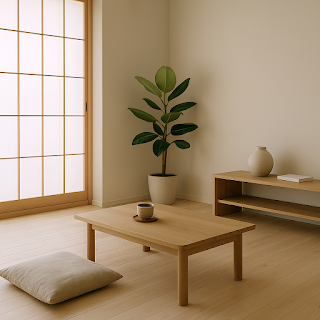Minimalism and Mental Health: How Less Helped Me Feel More

Introduction When we talk about minimalism, we often focus on physical space—clean desks, empty closets, fewer possessions. But for me, the biggest change wasn’t what I saw . It was what I felt . As a minimalist living in Japan, I discovered that owning less helped me feel lighter , calmer , and more in control of my mind. 1. Anxiety Loves Clutter Before minimalism, my room was tidy—but my mind was not. I was: Overwhelmed by endless to-do lists Constantly distracted by unused apps Anxious about things I didn’t even use The mental noise came from physical noise. Every “just in case” item was a reminder of decisions unmade. 2. What I Let Go of (Besides Stuff) Decluttering wasn’t just about throwing things away. It was about letting go of: Guilt (from unused gifts or purchases) Identity (I no longer needed to be “the person with cool gear”) Control (I accepted that I didn’t need everything prepared) This emotional minimalism made more impact than e...









